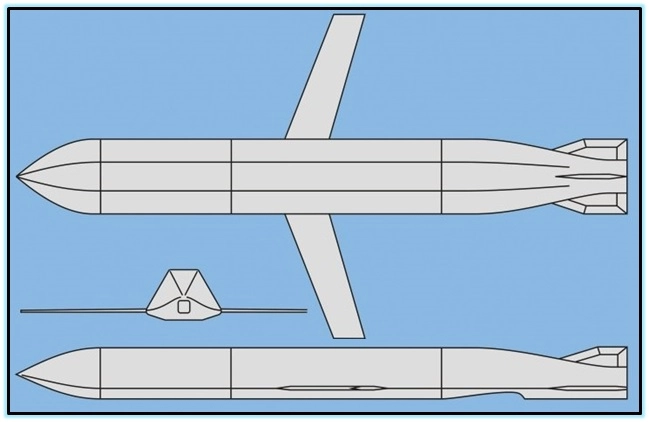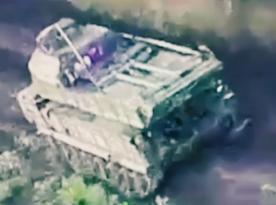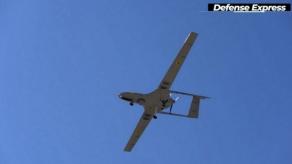According to the General Staff of the Armed Forces of Ukraine, russia plans to start the production of the Kh-50 cruise missiles in the summer 2023 in order to resume massive strikes on Ukraine in autumn. There is very little publicly available data about this cruise missile. But here it is interesting that russians themselves talk about the Kh-50 as a "simplified version" of the Kh-101, and that works on the Kh-50 actually started back in the 1990s as part of the Kh-SD project, although it was the first time that this missile became publicly known only in 2017.

Defense Express mentions another project of russia’s Kh-65 cruise missile, which can be called a "simplified version" of the Kh-55. The current status of this project is also unknown.
Read more: More Details About Ukrainian Black Hawk: Hours for Pilot Training, Combat Missions and Suggestive Livery (Video)
The following data about the Kh-65 missile project, based on the X-55, are publicly available. Work on the basic version of this missile started back in the 1980s at the Raduga MKB bureau. The task was to create an air-launched missile with only a "conventional" warhead, which could be fired both from strategic bombers and from tactical aircraft as well.
This determined the following characteristics of the Kh-65: a launch weight ia 1,250 kg with a 410 kg warhead, a fuselage length is 6 meters, a launch range of up to 600 km with a maximum speed of up to 840 km/h; warhead equipment is "penetrating" high-explosive or cluster.
As russians themselves claim, at the end of the 1980s they even started testing Kh-65 prototypes, but (literally) "nothing was known about the adoption of this missile."

Instead, it was known that already in 1992 Raduga MKB bureau started works on the anti-ship version of the Kh-65SE, which differed from the "basic" version by a launch range reduced to 280 km, by warhead equipment (high-explosive-cumulative) at the same mass in 410 kg, and the presence of a radar search engine.
All that is known about the Kh-65SE is that this missile was demonstrated at MAKS-97, and whether it reached the stage of testing, and why it was not accepted into service – the questions remained unanswered. But it is interesting that only the images of the anti-ship version of the Kh-65SE remain in open source, although there are no pictures of the Kh-65.

At first glance, the missiles of the Kh-65 and Kh-50 projects are visually similar. Considering the declared characteristics, it is quite logical to assume that the Kh-50 could be developed as a development of the Kh-65 project. Therefore, it is separately interesting here how the development of the Kh-65 project can be found in the open source: as an element of the Kh-50 development or as a separate sample of weapons for the tactical aviation of the russian Air Force.
Read more: New Ukrainian 120 mm Mortar Shells, the Production of Which Was Announced in February, 'Lighted Up' On a Battlefield














